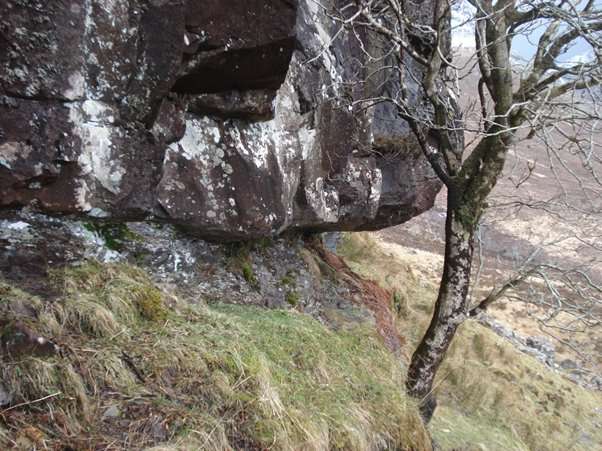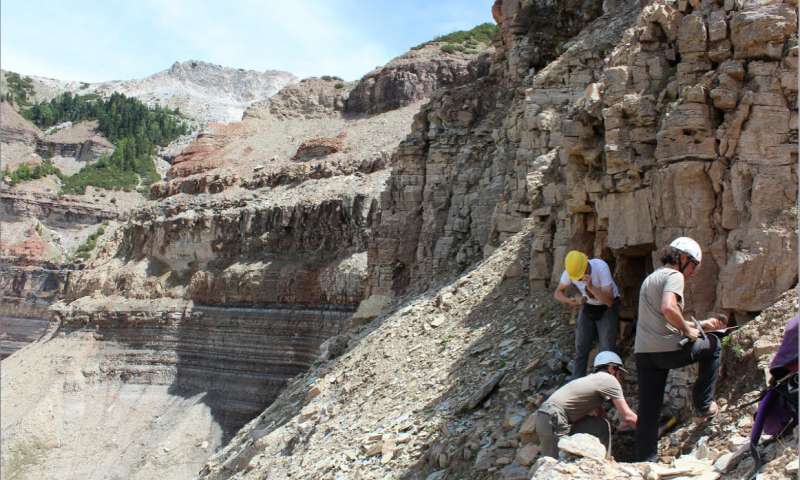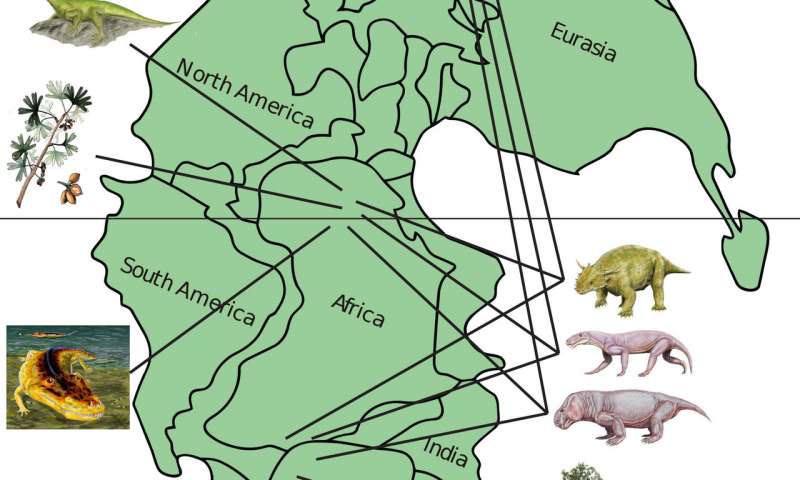At https://phys.org/print432463395.html … geologists exploring volcanic rocks on the Isle of Skye have exposed a meteorite impact zone – containing rare minerals with an origin in outer space. Some of them are known from the Stardust mission to Comet Wild2 and other bits seem to belong to the actual meteorite itself. A 2m thick ejecta layer confirms the impact – date way back to the Paeolocene era (60 million years ago) and nary a thunderbolt in sight. See the journal Geology (2017) DOI:10.1130/G39452.1

Over at https://phys.org/print432563163.html … an interesting paper on the Permian ecosystem. It claims the Permian equator was a scorching hot desert with a concentration of unique animals from ancient crocodilia to newly evolved dinosaurs that were wiped out after a major extinction event. They did in fact study various Permian sites from around the world but back in them thar days Pangea was a reality – all the continents joined into one single piece of land (see map below). However, the equator as a desert appears to be somewhat of a problem as that would suggest rain was rare whereas in the modern tropics there is a lot of rain. Have they located the position of the equator correctly? It crossed, they say, what is now the Dolomites in northern Italy and this is where some of the field work has been done …
 … the equator, I suppose, is supposed to move in a linear fashion as Plates move across the Earth, Britain once in the southern hemisphere but gradually moving into the northern zone, geological epoch by epoch. In contrast, Peter M James, an Australian geologist, has the equator moving in all sorts of manner, diagonally as well as in a linear fashion, as a result of catastrophic events. If models do not factor in pole shift as a possibility are those models valid? If there had been a big whack in order to set the Permian extinction into motion and then we can visualise an equator quite unlike that visualised by the authors of this study.
… the equator, I suppose, is supposed to move in a linear fashion as Plates move across the Earth, Britain once in the southern hemisphere but gradually moving into the northern zone, geological epoch by epoch. In contrast, Peter M James, an Australian geologist, has the equator moving in all sorts of manner, diagonally as well as in a linear fashion, as a result of catastrophic events. If models do not factor in pole shift as a possibility are those models valid? If there had been a big whack in order to set the Permian extinction into motion and then we can visualise an equator quite unlike that visualised by the authors of this study.
 One other interesting point is that the paper also shows the existence of dicynodonts (early relatives of mammals) – prior to the Dinosaur age.
One other interesting point is that the paper also shows the existence of dicynodonts (early relatives of mammals) – prior to the Dinosaur age.
